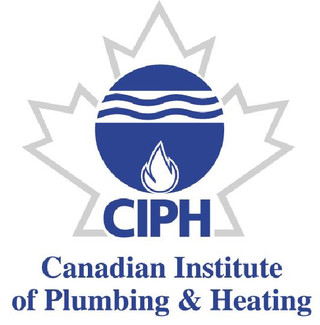
Are you ready for the Implementation & Enforcement of Low-lead Requirements for Potable Plumbing Products in Canada?
Based on recent communications from the provinces the Canadian Institute of Plumbing & Heating has compiled the most up-to-date matrix of Low-lead Requirements for Potable Plumbing Products in Canada: click here.
The Standing Committee on Building and Plumbing Services have completed their public review process to reference the ASME A112.18.1/CSA B125.1 and CSA B125.3 Standards into the 2010 National Plumbing Code Interim Changes. It is now awaiting approval by the Canadian Commission on Building and Fire Codes upon which it will be published. We understand that this will occur by November of this year. This will allow the Provinces and Territories to begin the process to implement and enforce the new Low-Lead Requirements.
As a reminder, see the CSA Group certification announcement relative to the affected products.
The United States has made some significant changes to their Safe Drinking Water Act (SDWA), which comes into effect on January 4, 2014. The key revision to the Act that affects the plumbing industry is the change in the definition of “lead free.” The new regulation significantly reduces the current allowable level of lead content from that content which complies with the industry standard (NSF 61) or 8% dependent on product, down to no more than a weighted average lead content of 0.25% on wetted surfaces when evaluated for pipes, valves, pipe fittings, and plumbing fittings, anticipated to convey or dispense water for human consumption through drinking or cooking.
Many have contacted CIPH to inquire on the status of low lead in Canada. Here is what we understand:
Canada has moved forward in mirroring the intent of the U.S. regulation for low lead policies in the US Safe Drinking Water Act (SDWA) with an effective date of January 4, 2014. However, currently there are no regulations relating to lead content in plumbing products in Canada. Regulators, legislators and Health Canada plan to approach the issue through the national system of plumbing codes that can be adopted and enforced provincially/territorially through the recognized network of plumbing and health inspections.
Health Canada has been an active participant on the development of the Standards and the integration of these standards into the Canadian model National Plumbing Code. The Canada Consumer Products Safety Act (CCPSA) which came into force July 2010 may allow Health Canada to pull non-conforming product from the market.
A new version of the ASME/CSA standard for plumbing fittings was published on December 15th 2012 in Canada indicating the requirements needed in order for plumbing fittings to meet the 0.25% weighted average lead content requirement. New versions of ASME A112.18.1/CSA B125.1 and CSA B125.3 standards for plumbing fittings specifies the test method in NSF 372 for the low-lead evaluation requirements.
The updated CSA standards state that, fittings intended to convey or dispense water for human consumption through drinking or cooking should not contain a weighted average lead content in excess of 0.25% when evaluated in accordance with the test method in NSF/ANSI 372. The ASME A112.18.1/CSA B125.1 and CSA B125.3 standards are now published and available, meaning that a manufacturer with applicable product within the standards’ scope must comply with the updated standard by December 31, 2013. This will provide guidance to the industry as it aligns with the January 4, 2014 implementation date in the US, specifically for plumbing fittings as listed in the scopes of ASME A112.18.1/CSA B125.1 & CSA B125.3.
CIPH has contacted all accredited Canadian Certification Bodies and they have indicated that they will be using the same December 31, 2013 implementation date as CSA for certification to the new ASME A112.18.1-2012/CSA B125.1-12 and CSA B125.3-12 standards.
CSA Group has advised that more standards updates are already in the works to integrate low lead criteria into applicable potable water standards including backflow valves (CSA B64 series), pressure pipes (CSA B137), drinking water treatment (CSA B483), flexible connectors (ASME A112.18.6/CSA B125.6) and other products intended for potable water applications meant for human consumption. We anticipate that updates for these other Standards will be available for comment throughout 2013.
What does this mean to the Industry at large?
The harmonization of dates and requirements with the U.S. should eliminate any confusion in the marketplace including:
- The potential risk of “dumping” of leaded products into Canada,
- Confusion over mismatched implementation dates, and
- The burden of inventorying duplicate SKUs for the same product for leaded and non-leaded products.
CIPH recommends that manufacturers and retailers in Canada take immediate action to evaluate their inventory to ensure that affected items are converted to compliant products where necessary to lessen the impact and the risk of having non-compliant product left on shelves after the January 4, 2014 compliance date.










